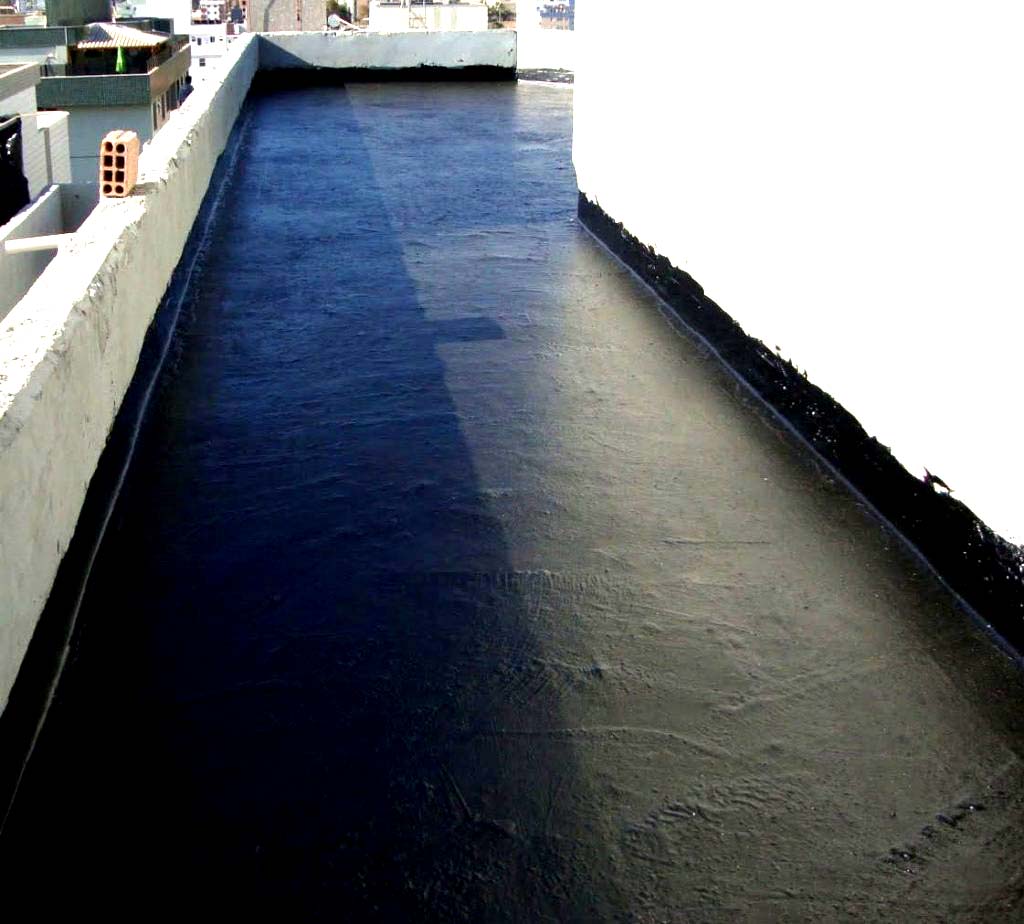Known as plastic wood, synthetic or ecological, This technique is differentiated by ability to utilize industrial waste (eraser, COULD, EVA, silicone, tissue), aggregates from mixed plastics to plant loads, minerals (calcitas, plaster, calcium carbonate) and animals (leather waste and the), whose industrial phase is absolutely free of any by-products or pollution.
Check out the advantages:
Since the product predominantly in plastic, does not absorb moisture (maximum 2%);
Do not allow the formation of fungi and bacteria colonies;
accepted and nails that attach very securely screws, addition to fixing by gluing process;
Totally resistant termites and other pests that attack wood vegetable;
It can be fire resistant by chemical agent action;
Low thermal conductivity, acoustic and electric;
Fully recycled and recyclable;
No maintenance required;
No cracks and splinters;
Non-slip;
Not gable;
resistant chemicals and corrosion.
This science requires low energy consumption, a sanitizer and due to its close thermal application 200 ° C which eliminates many bacteria and possibly toxic particles inertiza by encapsulation with the plastic component.
The process is an environmental cleaning plant: does not generate by-products, does not polute, protects the forest and remove waste from the environment, that is, It contributes to a sustainable architecture and a better world. How are you?
Márcio Estefano, Prof. PhD
lidiane Bazaglia




